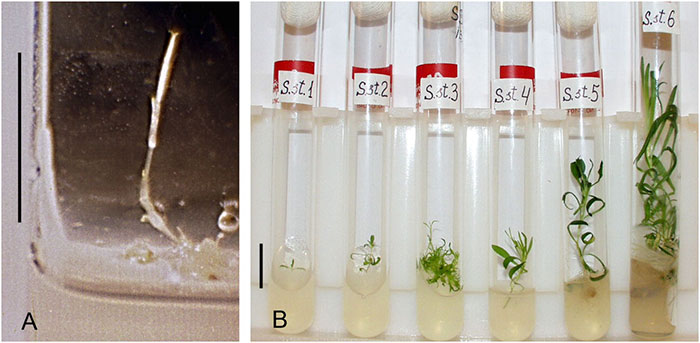
Researchers in Siberia were able to establish viable Silene stenophylla plants from 32,000-year-old seeds thanks to the efforts of squirrels. This amazing incident, which occurred in 2012, continues to have a major impact on the scientific world, with Austrian experts currently attempting to decode the plant’s DNA in order to determine how it was able to survive for so long.
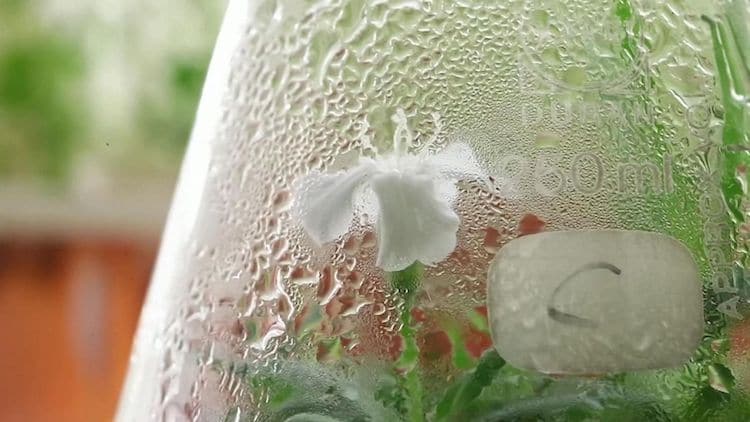
The tale begins in 2007, when a group of Russian, Hungarian, and American scientists discovered the frozen seeds. They were buried in the Siberian permafrost at a depth of 125 feet. The discovery was uncovered while the team was looking into ancient squirrel burrows. The squirrels’ digging techniques have perfectly sealed the fruit and seeds from the environment.
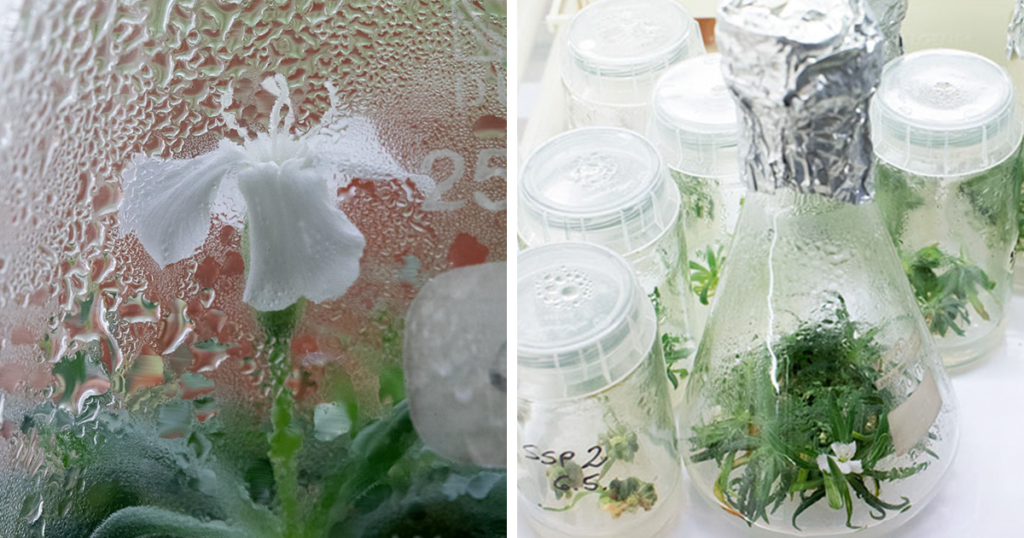
“The squirrels excavated their burrows, which are roughly the size of a soccer ball, in the frozen ground, putting in hay first and then animal hair for a perfect storage chamber,” Stanislav Gubin, one of the researchers who investigated the burrows, explained. “It’s a natural cryobank,” says the narrator.
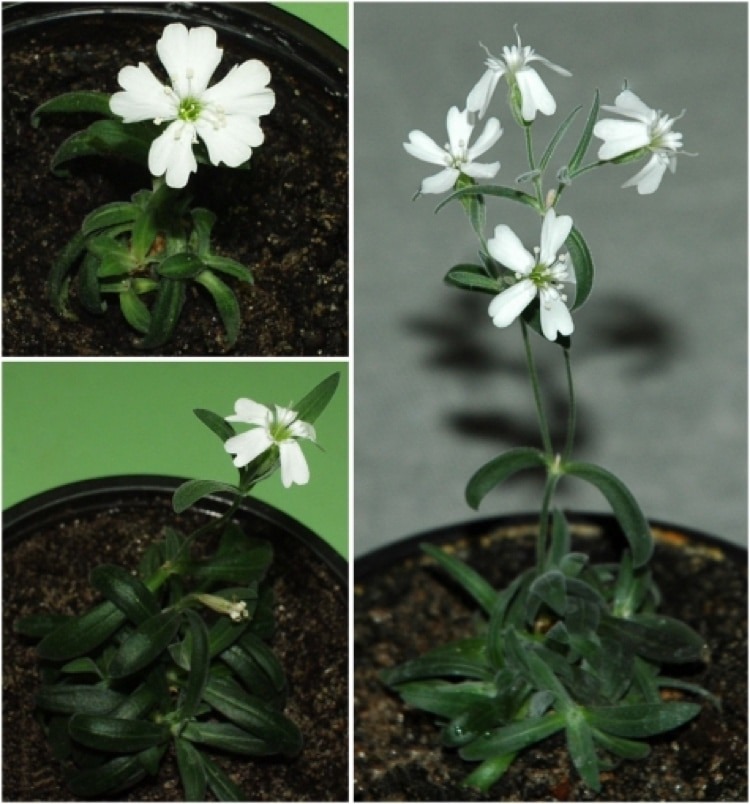
Scientists were able to remove tissue from immature fruit and develop a Silene stenophylla five years after first discovering the seeds. According to a study presented by the researchers, the resulting plants flowered flowers and were fertile. Surprisingly, these ancient plants appeared surprisingly identical to the present Siberian species.
Researchers in Austria are now looking into the DNA of these old plants to see if they can learn more about them. They want to map the plants’ genomes and sequence their DNA to figure out how they were able to survive. As the Russian permafrost thaws, researchers will be able to dig deeper into the ecosystem to see what elements contributed to the seeds’ survival.
They’re specifically looking for adaptations to extremely hot, dry, or wet circumstances that could help them understand how other plants can adapt to climate change. Professor Margit Laimer, a plant biotechnologist at the University of Natural Resources and Life Sciences in Vienna, says, “I think mankind needs to be appreciative for any piece of information that we are able to generate to protect our croplands.”
The DNA of plants developed from 32,000-year-old seeds is being sequenced by researchers.
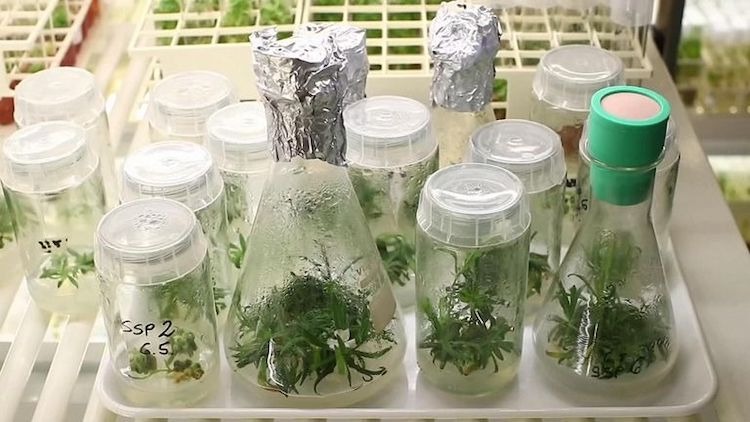
h/t: [Sky News]
